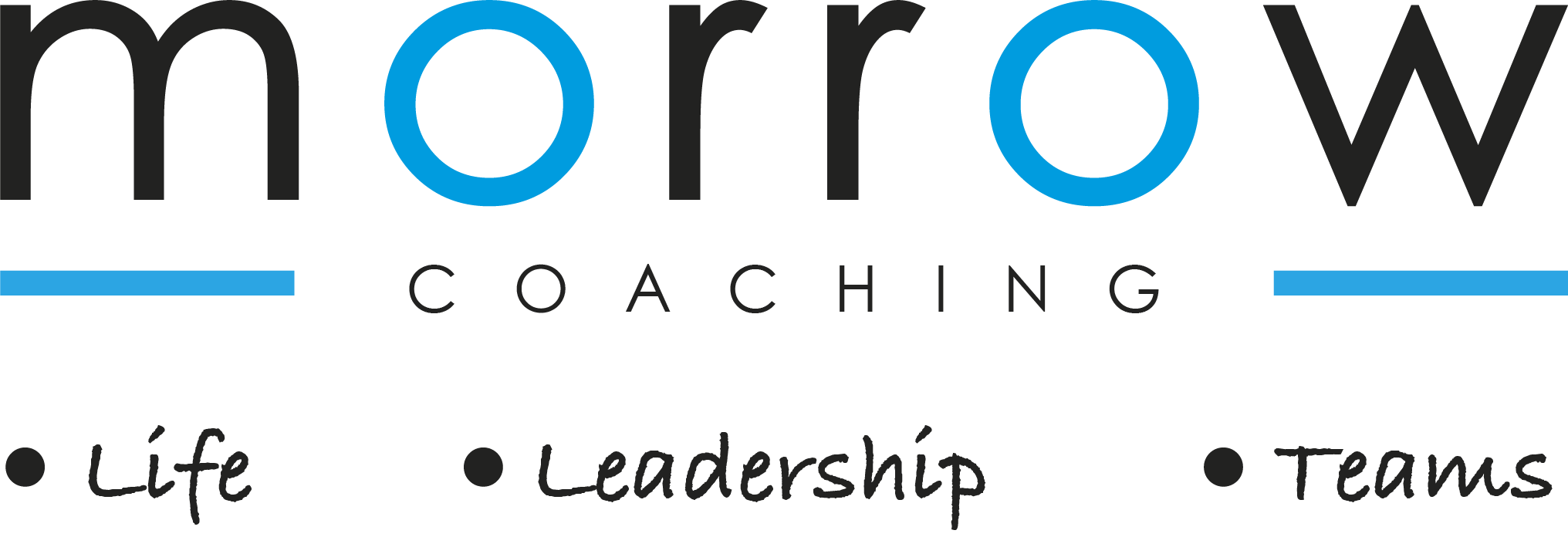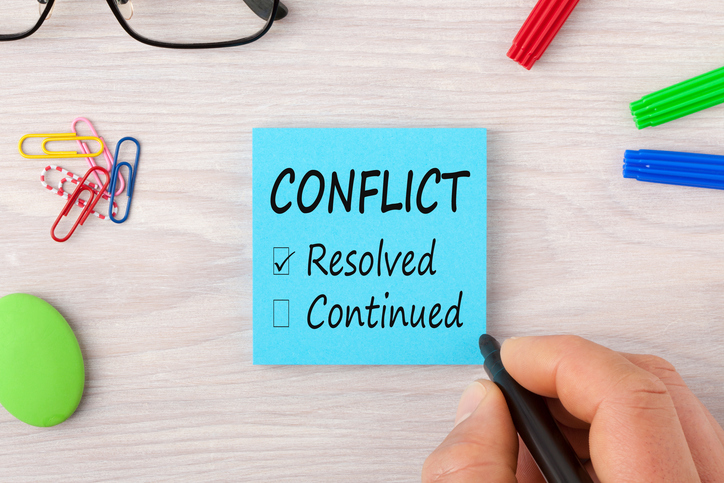So conflict comes with the standard package of life and career. And that’s not necessarily a bad thing. Conflict situations, if handled well, can deepen relationships, build bridges, and give rise to new levels of creative and collective thinking that shape a better way forward. Innovation is arguably born from conflict. And for Teamwork, as Tuckman [1] pointed out, conflict is a part of the natural evolution of well functioning teams.

Handled badly, however, and the consequences are not at all good. Poorly managed conflict can be deeply damaging to relationships, limiting teams and organisations. It can often result in sub-optimal answers for everyone, and have an real impact on personal wellbeing.
“People will forget what you said, they will forget what you did, but they will never forget how you made them feel.”
— Maya Angelou
Effective conflict management then is a critical life skill. Rather than attempt to summarise the topic of Conflict Management here, what is offered instead is a short practical ‘hook’ or ‘rule of thumb’ that may serve you in these situations. And it is simply this: when in conflict, get curious. But why curious? The answer lies in what Curiosity has you do, and not do.

When you’re authentically curious, you will soon find that you are actually listening intently to the other person. This right up front, moves your situation up the ‘curve of probable good outcomes’. We are all familiar with it – when you experience being listened to, this provides a solid foundation for working out the complex stuff and moving forward.
And the contrary is true. When it is clear that the other person is not listening to you, not really hearing ‘where you are coming from’, it is – let’s put it mildly – very frustrating… There are few better ways to set up the conditions for an unhelpful escalation than not listening well to the other person. So curiosity puts you on a sound basis right there.
And the great thing about listening to the other person is that you are not listening to your own internal dialogue, which all too often, in our species, can be wrapped up in proving you are right and trying to get what you want [2]. If you are solely focused on being right, guess what, you’re not trying to find the best solution. Not a good strategy for building long term relationships.
“Courage is what it takes to stand up and speak. Courage is also what it takes to sit down and listen.”
— Winston Churchill
To actually move constructively forward, focus on really understanding the other person’s perspective. With Curiosity, you can develop your listening skills to the point where you’ll understand their needs, not only factually but also emotionally, being able to pick up on their underlying motivations and values [3]. As we have all witnessed, ignoring emotions does not make them go away – so instead, get curious about what the emotion is telling you about the other person’s values, beliefs and personality type (or indeed your own, for any emotions you experience).
None of this implies that you will agree with their view – you can listen to, and acknowledge a person’s viewpoint without necessarily agreeing with it. Phrases such as “It sounds like..” and “I hear you say that..” can be of use here [4]. The point is this, to actually navigate towards the best outcome, how can you do this without understanding their perspective? That would be effectively flying blind. Curiosity has a way of illuminating the path.

And Curiosity brings added benefits too. With a clearer understanding of the other party’s view, you can ask better questions, and make more informed suggestions. Conversations move away from the fruitless domain of personal friction, towards the productive one of tasks and actions. Common ground becomes easier to find. Solutions rather than issues are brought into focus. Innovation and creative problem solving is arguably enhanced – by the open mindset adopted, and the collective thinking that arises when Curiosity has the steering wheel. Communication naturally flows better also when the ‘them/us paradigm’ is set aside or at least, tuned down. And communication, as we know, is the fundamental basis for resolving issues and surmounting shared challenges.
In fact, a case can be made that Curiosity, when fostered and developed, is one of those ‘keystone habits’ [5], a practiced response that can give rise to much wider positive ripple effects beyond conflict resolution alone.
Approaching conflict in this mode represents a shift in focus and intent.. but a potentially very powerful one. When in conflict, get curious.
— Brian Morrow
1 – Tuckman, B. (1965) ‘Developmental sequence in small groups’, Psychological Bulletin, 63, 384-399.
2 – Cunningham, D. (2018), The Rise of Incivility, Rude Speech and Behaviour [online] Available at https://ktla.com/2018/08/20/rise-of-incivility-rude-speech-behavior-with-david-cunningham
3 – Kimsey-House.H, Kimsey-House K., Sandahl. P and Whitworth L. (2011), Co-Active Coaching, Changing Business, Transforming Lives, Third Edition, Boston and London, Nicolas Brealey Publishing.
4 – Psychology Today (2015) 17 Rules to Guide You Through Any Conflict [Online] Available at https://www.psychologytoday.com/us/blog/fulfillment-any-age/201501/17-rules-guide-you-through-any-conflict
5 – Duhigg, C. (2012) ‘Keystone Habits, or the Ballad of Paul O’Neill’ in Duhigg, C., The Power of Habit, Why we do what we do and how to change, London, Random House, pp.97-126.

